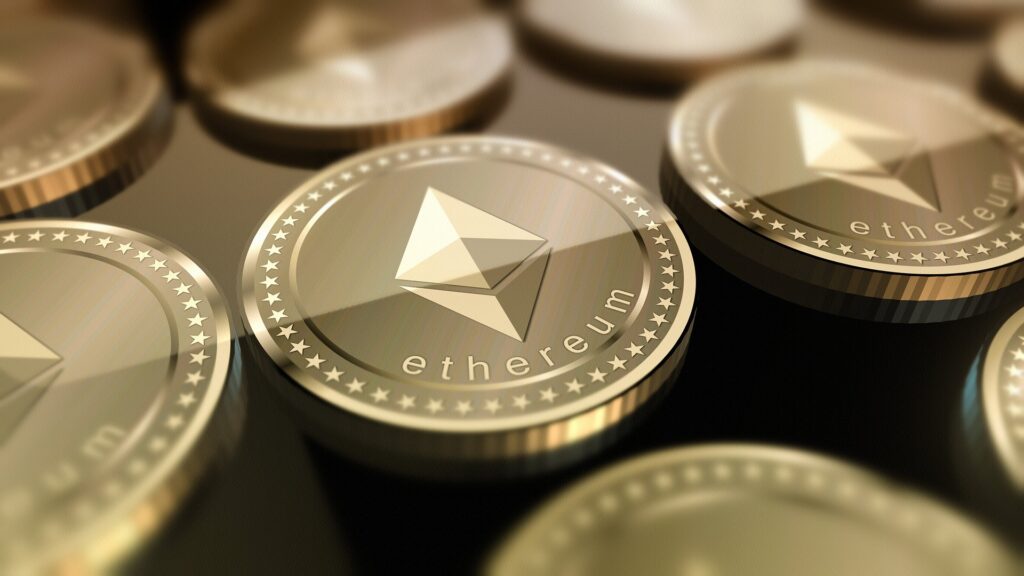
As the world of cryptocurrency continues to grow, more and more people are interested in mining these digital assets for profit. Among the many cryptocurrencies available, Bitcoin and Ethereum are two of the most popular and widely mined. Both cryptocurrencies have their unique characteristics that make them attractive to miners. However, the profitability of mining each of these cryptocurrencies can vary significantly based on a range of factors. In this comprehensive guide, we will explore the key differences between Ethereum and Bitcoin mining and help you determine which cryptocurrency is more profitable for you. We will also discuss the factors that affect mining profitability and provide tips for maximizing your earnings.
When it comes to mining Ethereum vs Bitcoin, there are several factors that you should consider to determine which one is more profitable for you:
Hashrate
The hashrate is a measure of the computational power that is used to secure a blockchain network. It refers to the number of calculations that a mining machine can perform per second. A higher hashrate means that a miner can solve the complex mathematical problems required to mine new blocks on the network faster, and therefore earn more rewards.
For example, if a miner has a hashrate of 10 TH/s (terahashes per second), it means that their mining rig is capable of performing 10 trillion calculations per second. This is a very high hashrate, and such a miner would likely be able to mine more cryptocurrency than a miner with a lower hashrate.
Block reward
The block reward is the amount of cryptocurrency that a miner earns for successfully mining a new block on the network. The block reward is typically halved at regular intervals, which is a mechanism built into the cryptocurrency’s protocol to limit the total supply of coins that can be mined.
For example, Bitcoin has a block reward of 6.25 BTC currently, and it is halved approximately every 4 years. This means that the reward for mining a new block will decrease to 3.125 BTC at the next halving event. Ethereum currently has a block reward of 2 ETH, and it is not subject to regular halvings like Bitcoin.
In general, the block reward is an important factor to consider when deciding which cryptocurrency to mine. A higher block reward means that miners can earn more cryptocurrency for their efforts, but it also means that the total supply of the cryptocurrency will be inflated more quickly.
Difficulty
The mining difficulty is a measure of how difficult it is to mine a new block on a blockchain network. The difficulty is adjusted regularly to ensure that the rate of block creation remains constant, regardless of changes in the number of miners on the network. A higher difficulty means that it takes more computational power to mine new blocks, which can make mining less profitable.
For example, Bitcoin has a much higher difficulty than Ethereum, which means that it is generally more challenging to mine Bitcoin profitably. The Bitcoin difficulty adjusts every 2016 blocks, or approximately every 2 weeks, based on the total hashrate of the network.
Electricity cost
Electricity cost is a significant factor in mining profitability, as mining rigs require a lot of power to operate. The cost of electricity varies widely depending on your location, and it can have a significant impact on your profitability.
For example, if you live in a country where electricity is relatively cheap, you may be able to mine more profitably than someone who lives in a country where electricity is more expensive. In some cases, the cost of electricity can be the biggest expense for a miner, and it is important to factor this into your calculations when deciding which cryptocurrency to mine.
Market value

The market value of a cryptocurrency refers to its price in fiat currency, such as US dollars or euros. The market value can be highly volatile, and it can have a significant impact on mining profitability. If the price of a cryptocurrency drops, mining that cryptocurrency may no longer be profitable, even if the difficulty and block rewards remain the same.
For example, during the cryptocurrency boom of late 2017, the market value of Bitcoin and other cryptocurrencies rose rapidly. This made mining highly profitable for many miners. However, when the market value crashed in early 2018, many miners found that their mining rigs were no longer profitable to operate. As a result, it’s important to keep a close eye on the market value of the cryptocurrency you are mining, and to adjust your strategy accordingly if the value changes significantly.
In conclusion, the decision to mine Bitcoin or Ethereum ultimately depends on your personal goals and circumstances. While both cryptocurrencies can be profitable to mine, the choice of which one to mine depends on several factors, such as the current market value, hashrate, block reward, difficulty, and electricity cost. By considering these factors and assessing your own resources and goals, you can make an informed decision about which cryptocurrency to mine. It’s important to stay up-to-date with the latest market conditions and mining trends to adjust your mining strategy accordingly. Whether you choose to mine Bitcoin or Ethereum, remember that mining can be a risky and volatile activity, and it’s important to proceed with caution and carefully manage your resources to maximize your profitability.